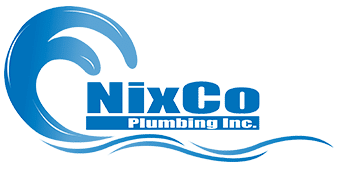Going “green” with sustainable plumbing products and techniques is not very hard or expensive. Government regulations now require the installation of water and energy saving plumbing products in newly built homes. Many adults who visit parents find themselves using the same toilets, faucets, showerheads, etc., that they grew up with as children.
This may be good for nostalgia, but it means that if you live in an older home you’re probably wasting water and electricity and flushing your hard-earned money down the drain. Even if your fixtures and faucets still function properly, it may be time to replace them with newer models. Here are some of the “green” improvements made in plumbing products over the last couple of decades.
Low-flow toilets: A national standard now requires toilets to flush using no more than 1.6 gallons of water. Toilets installed between 1980 and 1994 used more than twice that amount. Toilets dating to before 1980 may even consume 5.0 gallons! Converting to low-flow toilets can save hundreds of dollars a year on your water bill.
Dual-flush toilets: These have two flushing mechanisms to choose from. When disposing of liquid waste, you can choose a button or handle that uses about half as much water as the solid waste option.
Low-flow faucets: These flow at less than 3 gallons per minute (gpm) and can save as much as 2 gallons of water per day for the average household.
Low-flow & adjustable showerheads: Low-flow units generally flow at 2.0 to 2.5 gpm. Adjustable-flow showerheads allow you to control the flow and in some cases even shut off the water completely while lathering.
Energy-efficient water heaters: Household water heaters generally last between 12-15 years, although many still work for twice that long. If you have an older unit, it’s time to get it replaced with a newer model that’s much more energy-efficient. You’ll avoid the inevitable breakdown (usually at the worst time) and save enough money on your energy bill to pay back the installation cost quickly.
Tankless water heaters: Also called “on-demand” or instantaneous water heaters, these units conserve energy and water by heating only small amounts of water instantaneously when a faucet or spout opens, instead of keeping a large storage tank heated at all times.
For a complete list of water-conserving products, visit the EPA’s “WaterSense” website at www.epa.gov/watersense. Or, simply give us a call and we’ll gladly fill you in on options that best suit your home and lifestyle.
Follow us on Facebook
[coupongen id="1" align="center"]

